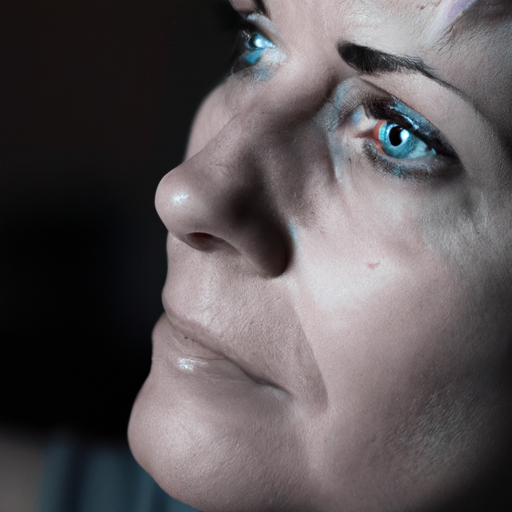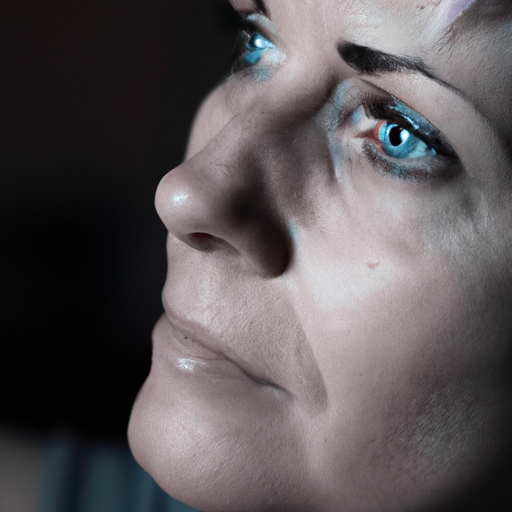Title: Unveiling Radiance: A Comprehensive Guide to Face and Body Exfoliants and Their Usage
As a medical professional, I often encounter patients who are concerned about the health and appearance of their skin. One of the most common queries is about exfoliation – what it is, how it works, and how to do it correctly. This article aims to provide a comprehensive guide to face and body exfoliants and their usage.
Exfoliation is a process that involves the removal of the oldest dead skin cells on the skin’s outermost surface. It is an essential part of any skincare routine, as it helps to reveal the fresh, new cells underneath, giving your skin a youthful, radiant glow. There are two main types of exfoliants: physical and chemical.
Physical exfoliants are products or tools that manually remove dead skin cells through friction. They include scrubs with granules like sugar or salt, brushes, and sponges. When using a physical exfoliant, it’s crucial to be gentle and avoid over-exfoliating, which can lead to skin irritation and damage.
On the other hand, chemical exfoliants use ingredients like Alpha Hydroxy Acids (AHAs), Beta Hydroxy Acids (BHAs), and enzymes to loosen the glue-like substance that holds dead cells to the skin surface, allowing them to be easily washed away. AHAs, such as glycolic and lactic acids, are water-soluble and work on the skin’s surface. They are great for dry, sun-damaged skin as they have moisturizing properties. BHAs, like salicylic acid, are oil-soluble, penetrating deeper into the pores and are excellent for oily, acne-prone skin.
The choice between physical and chemical exfoliants depends on your skin type, sensitivity, and personal preference. However, it’s important to note that over-exfoliation can lead to skin damage. Therefore, it’s recommended to exfoliate only once or twice a week for normal and oily skin, and less frequently for sensitive or dry skin.
Exfoliation has numerous benefits. It can help to unclog pores, preventing acne and breakouts. It also allows for better absorption of skincare products, making them more effective. Moreover, it stimulates blood circulation, which can improve your skin’s health and appearance.
However, it’s important to remember that exfoliation is not a one-size-fits-all solution. What works for one person may not work for another. It’s crucial to listen to your skin and adjust your routine accordingly. If you notice any signs of irritation, such as redness, dryness, or sensitivity, it’s best to reduce the frequency of exfoliation or switch to a gentler product.
Furthermore, always remember to apply sunscreen after exfoliating, as the process can make your skin more susceptible to sun damage.
In conclusion, exfoliation is a vital part of maintaining healthy, radiant skin. Whether you choose physical or chemical exfoliants, the key is to use them correctly and responsibly. Always remember that the goal of exfoliation is to improve your skin’s health and appearance, not to cause harm or damage. As with any skincare routine, it’s best to consult with a dermatologist or skincare professional to determine the best exfoliation method for your specific skin type and needs.
Unveil your radiance responsibly and let your skin glow in its healthiest form!




